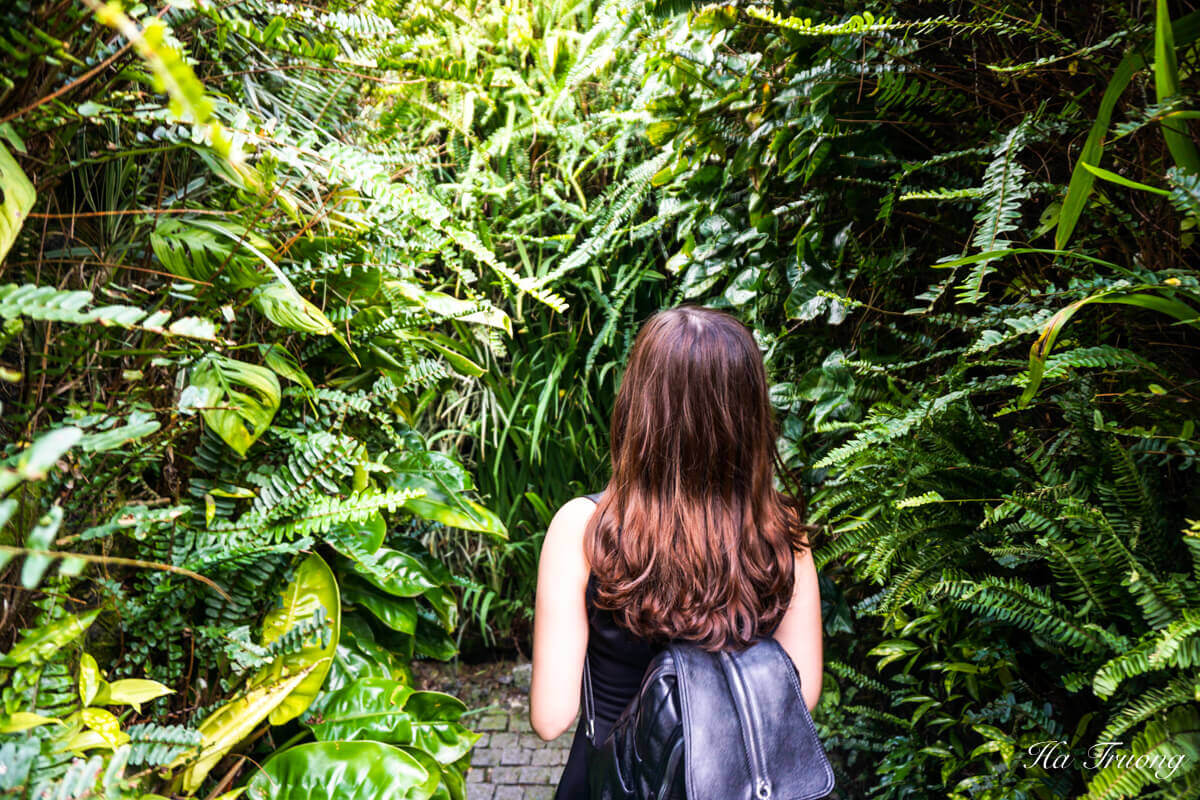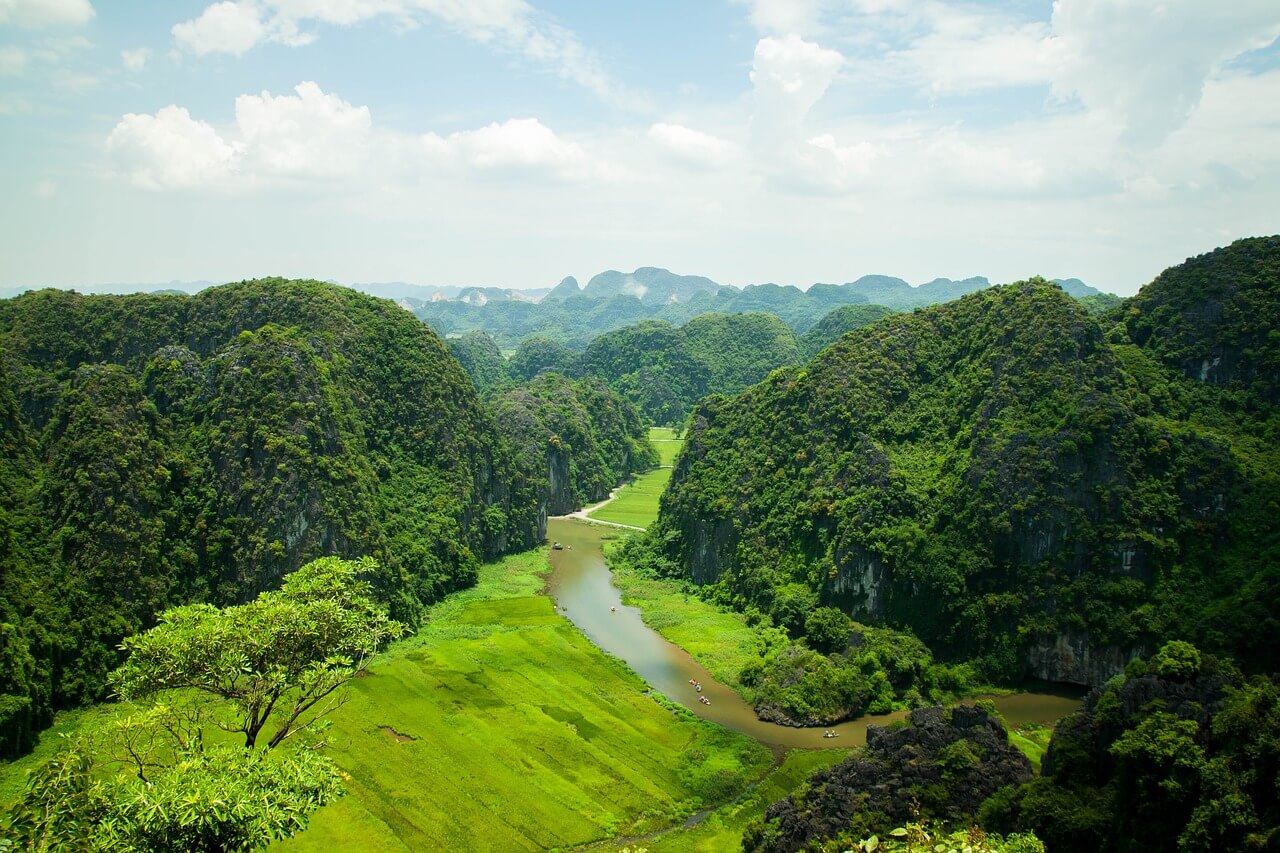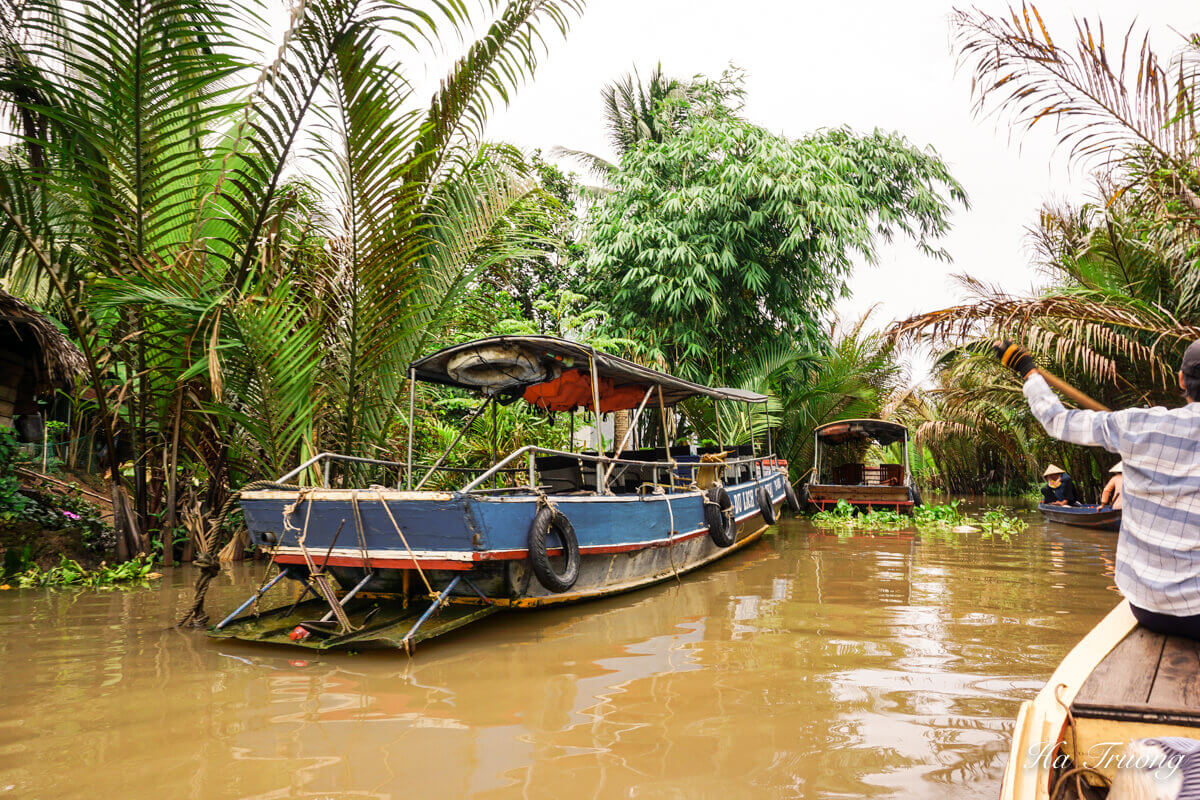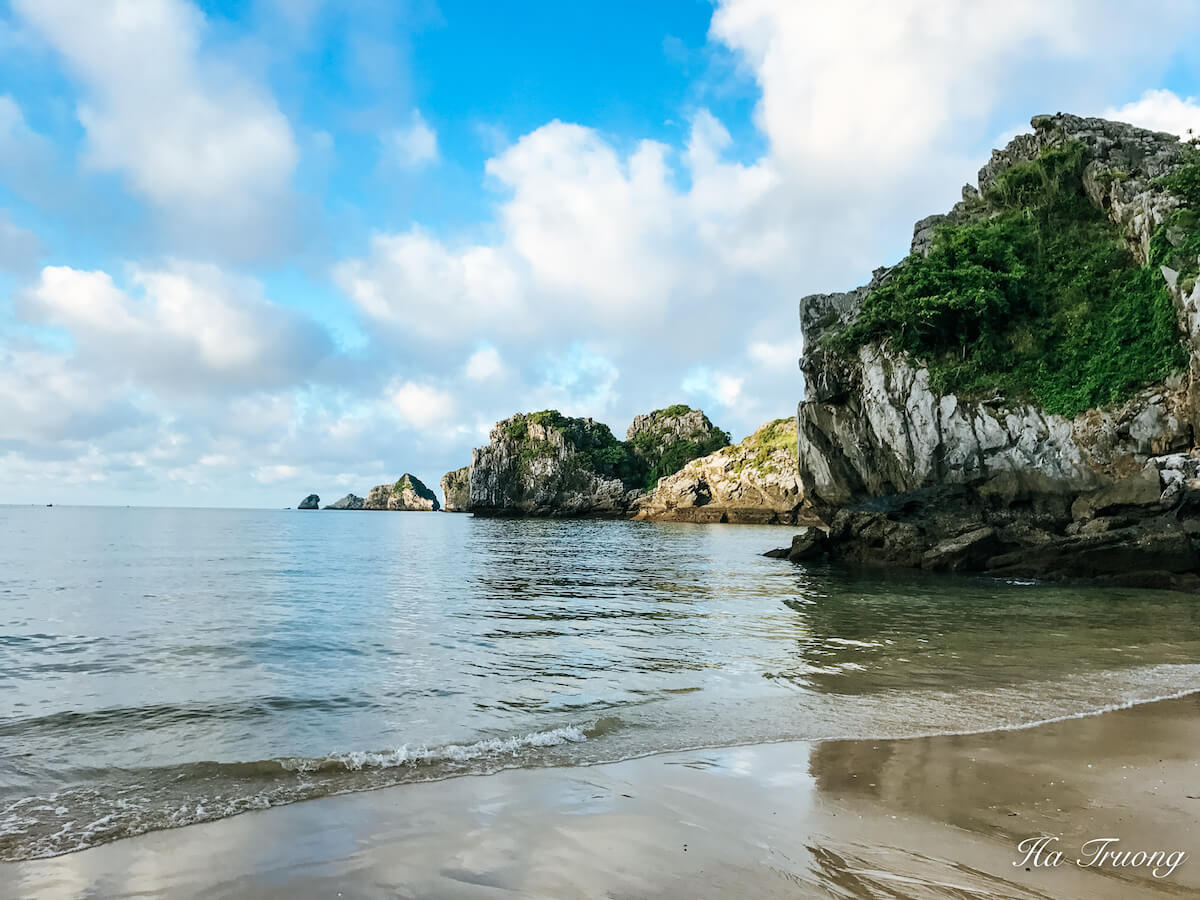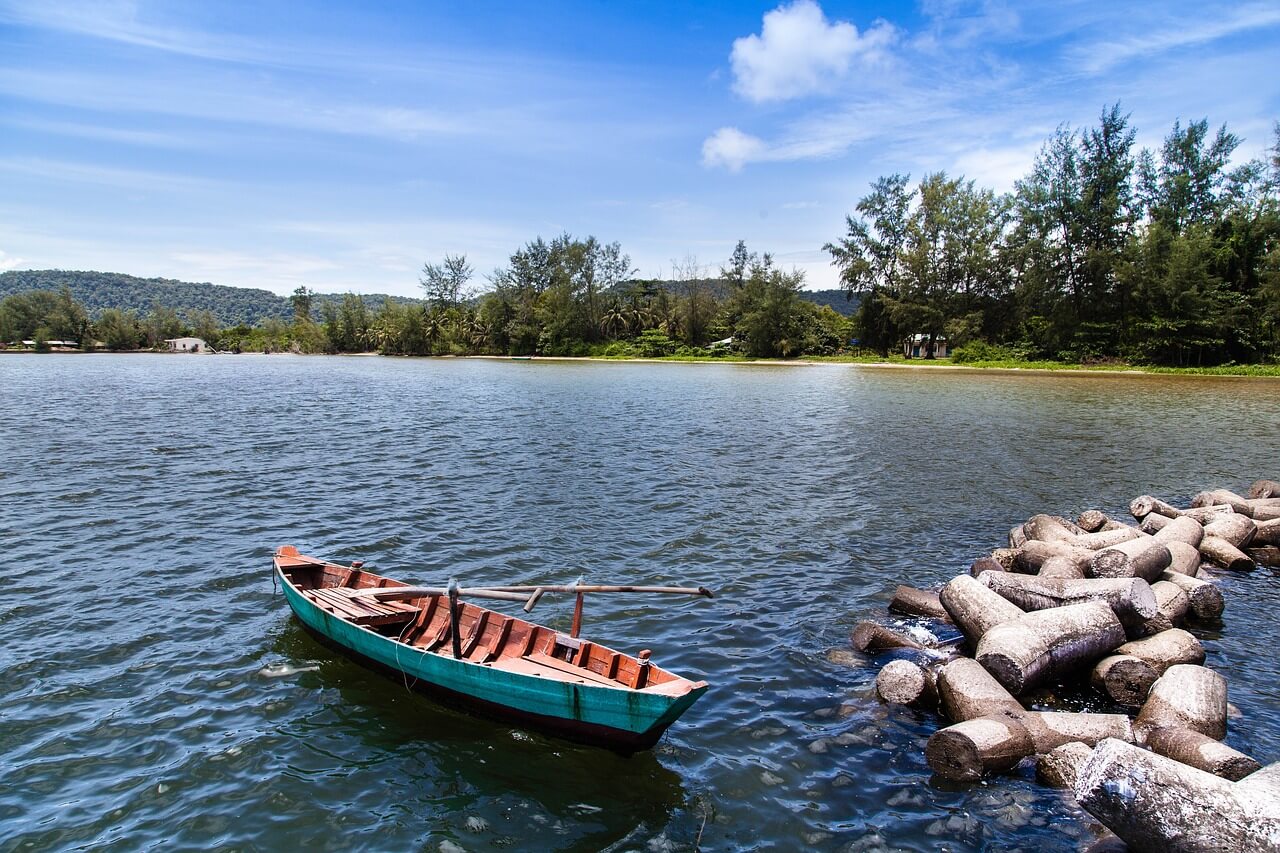A Complete Guide to Independence Palace Saigon Vietnam
If you’re interested in the Vietnam war and the significant event in 1975, Independence Palace is a must-visit on your trip to Ho Chi Minh City, Vietnam.
This article is a detailed travel guide to the Independence Palace, including interesting facts and tips that you should know before visiting.
Independence Palace History
Independence Palace is also known by many different names, such as Norodom Palace, Governor’s Palace, or Reunification Palace.
This place was once the residence and working place of the President of the Republic of Vietnam. It is also witnessed many historical events in Saigon.
According to the records, after occupying six provinces of Cochinchina in 1867, in 1868, Governor of Cochinchina Lagrandière made the ceremony to lay the first stone to start the construction of the new Governor General’s Palace in Saigon (instead of the old Palace, built of wood in 1863).
The new Palace was built according to a project sketched by architect Hermite.
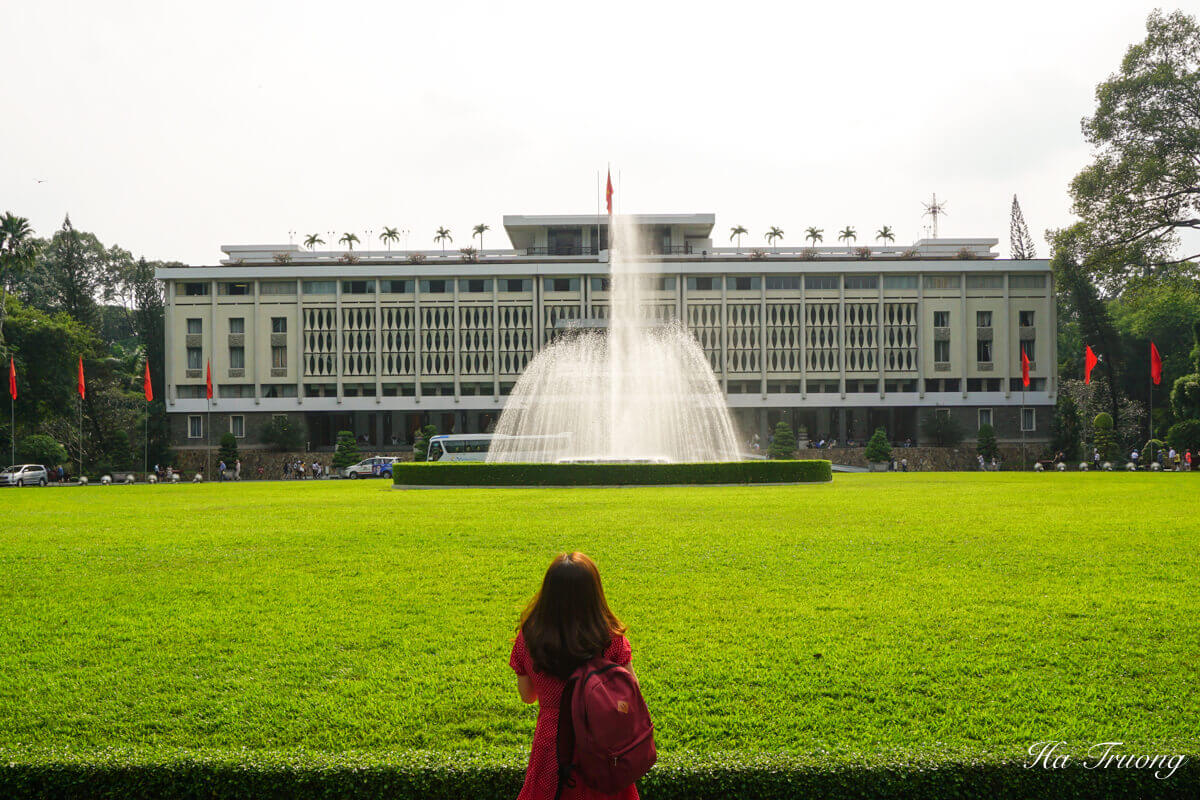
At that time, the Independence Palace was built on an area of 12 hectares, including a large mansion with an 80m2 wide front, inside with a living room containing 800 people, a large campus with many trees and lawns.
Most of the construction materials of the Palace were transported from France. After construction was completed, the Palace was named Norodom Palace.
Independence Palace Saigon entrance fee
The ticket price for Independence Palace is 40,000 VND per person. However, you can purchase a combination with an exhibition for 65,000 VND.
Independence Palace Saigon opening hours
What time does the Reunification Palace open?
The Independence Palace of Ho Chi Minh City is open for ticketing to serve daily visitors, including Holidays and New Year (except in individual cases).
Visiting hours
- Morning from 7:30 am to 11:30 am
- Afternoon from 1 pm to 5 pm
Ticket sales hours
- Morning from 7:30 am to 11 am
- Afternoon from 1 pm to 4 pm
How to get to Independence Palace Saigon
Independence Palace is located in the city center, and you can get here easily by bus, taxi, car or motorbike.
If you’d like to go by bus, you can choose one of the following five bus routes:
- 001: Ben Thanh Bus Station – Cho Lon Bus Station
- 002: Ben Thanh Bus Station – Western Bus Station
- 003: Ben Thanh – Thanh Loc Bus Station
- 004: Ben Thanh Bus Station – Cong Hoa – An Suong Bus Station
- 005: Ben Thanh Bus Station – Bien Hoa.
Note: When traveling to Independence Palace by motorbike or car, you can park your vehicle at Tao Dan park or on the side of the Palace (on Huyen Tran Cong Princess Street).
Independence Palace tank
At noon on April 30, 1975, the first tanks of the Vietnamese Army began entering the Independence Palace, led by tanks with the numbers 843 and 390.
Both tanks knocked down the sub and main gates of the last center of the puppet government of Saigon, marking the end of the meaningless war.

You can find the tank “390” in the Independence palace next to the “843,” which is also a replica. The originals of these two tanks are kept in the Tank-Armor Museum.
Independence Palace architecture
The Independence Palace has an area of 120,000 square meters (300m x 400m). It has different rooms for different purposes.
The meeting room and banquet room are on the first floor.

The second floor is the reception home and workplace of the President of the Republic of Vietnam.

While the third floor is designed to entertain, read, or play cards, the fourth floor is the ballroom for the party.

Notably, the basement was reinforced with concrete along with modern equipment.
The Palace is also home to many ancient trees with different species from the remaining French period.

Tips for visiting Independence Palace Saigon
Because the Independence Palace is an important historical place, you should strictly follow the rules of the monument. Visitors will be responsible if causing any loss to the memorial.
Some notes to remember:
- Wear formal clothes.
- Follow the instructions of the guard and signs during the visit.
- Do not bring luggage, food, and drinks, or animals into Monuments.
- Do not bring weapons, explosives, toxic chemicals.

